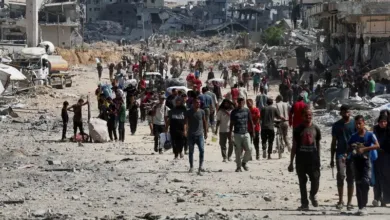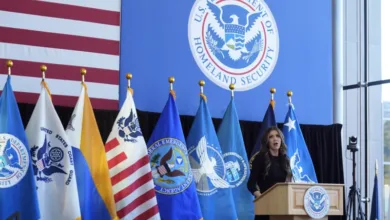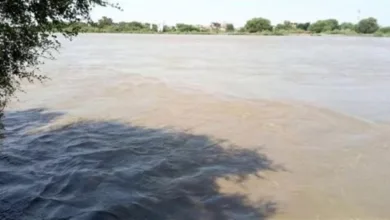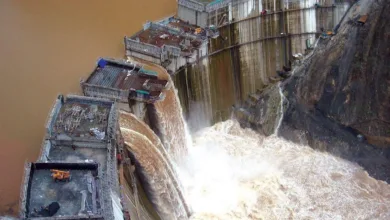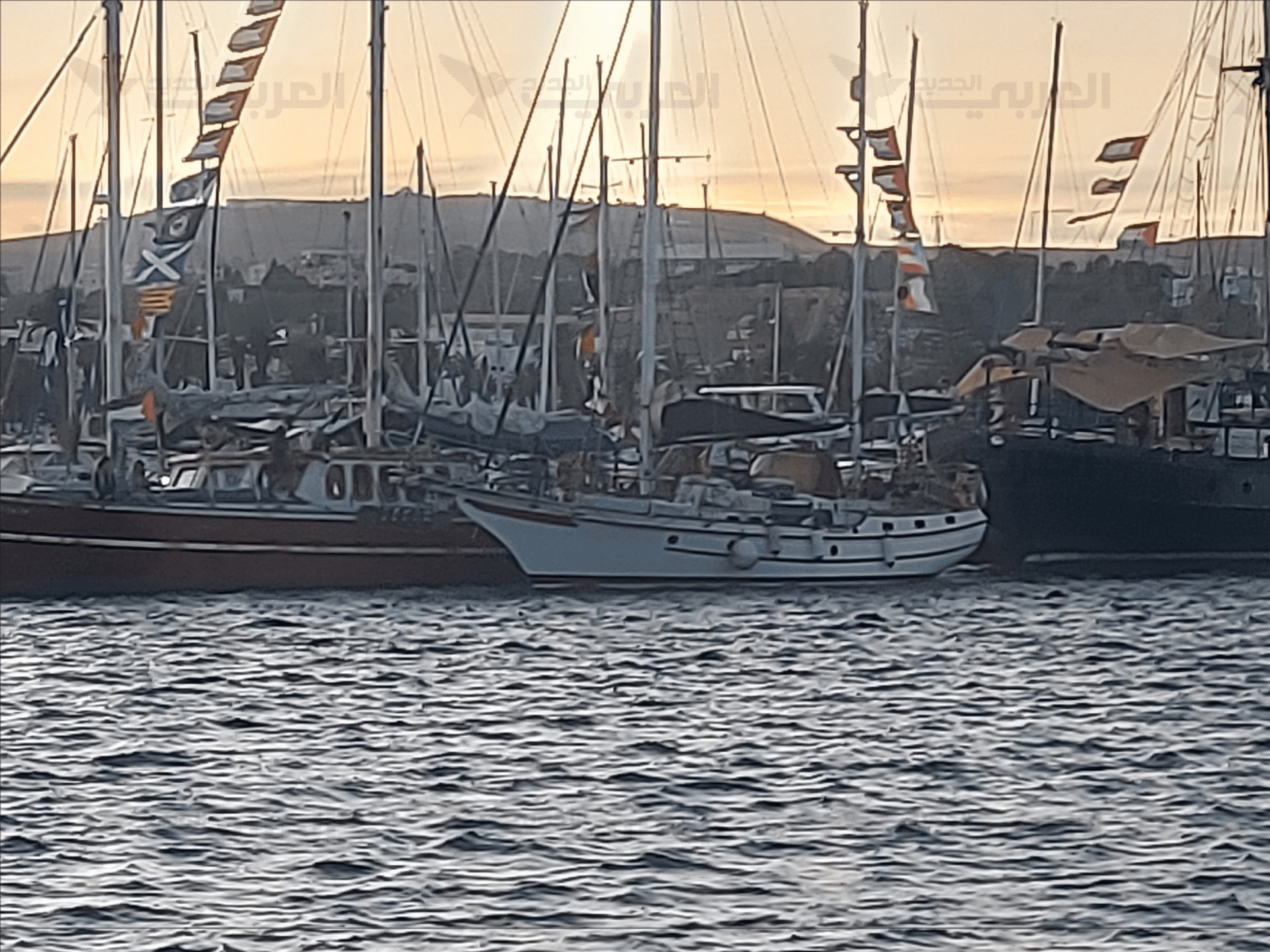Massive Earthquake Off Russia’s Coast Sparks Tsunami Warnings Across the Pacific
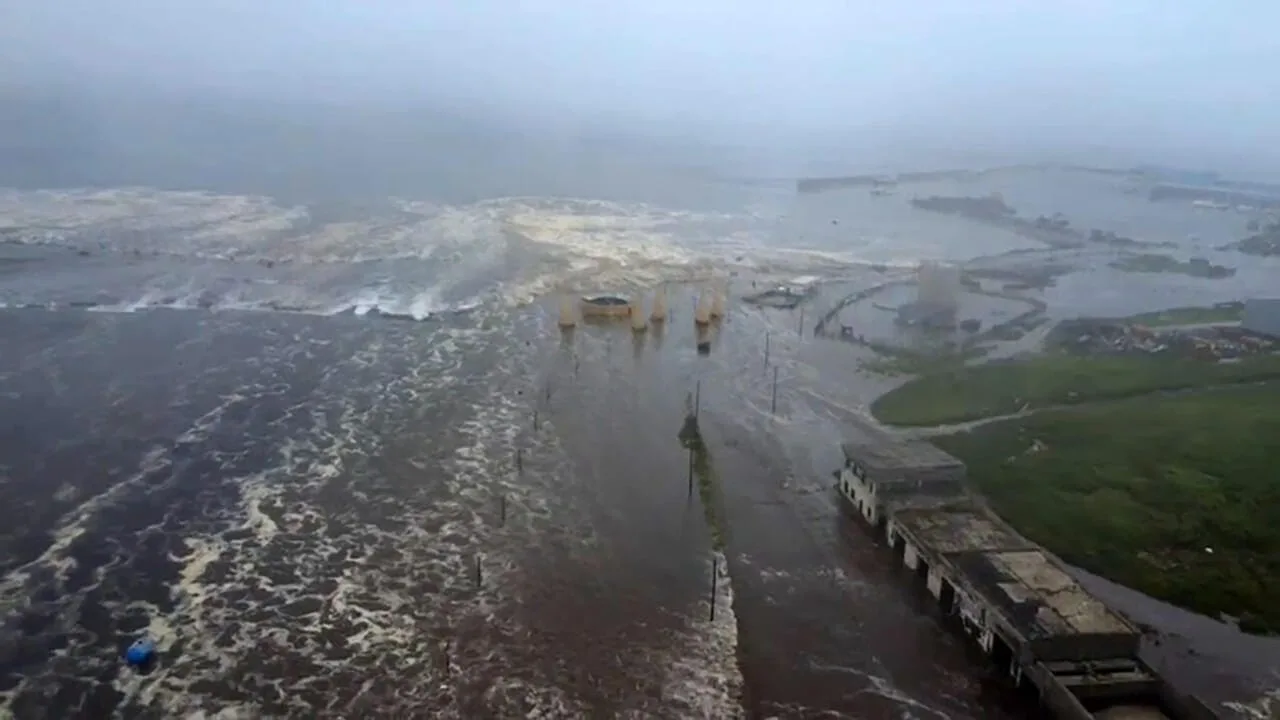
In a dramatic reminder of the planet’s raw power, a massive 8.8‑magnitude earthquake struck off Russia’s Kamchatka Peninsula, prompting tsunami alerts that swept across the Pacific Ocean. Emergency agencies from hawaii to Japan and the west coast of the us scrambled to prepare coastal communities for possible waves.
Initial panic spread quickly as people shared videos online of shaking buildings and chaotic evacuations. For a brief moment, the world held its breath, fearing a repeat of past disasters.
Pacific on High Alert
The quake, which struck in the early hours local time, triggered a chain of automated warnings, with alerts issued for Hawaii, Alaska, and parts of the us west coast. Residents of coastal towns in Hawaii reported loud sirens and mass movements inland, as traffic jams formed along evacuation routes.
Emergency services worked against the clock to coordinate shelters and keep people away from danger zones. Across social media, updates trended under hashtags linked to breaking news and world events.
The Science Behind the Threat
Experts from the federalreserve of seismic research and other monitoring agencies stressed that while earthquakes are common near Kamchatka, a quake of this magnitude is unusual. Such events often produce complex tsunami patterns that can affect coastlines thousands of miles away.
Early data suggested the quake’s epicenter lay deep under the sea, which may have reduced the tsunami’s size, but even modest waves can be dangerous near populated coastal areas.
Hawaii Reacts: Caution, Confusion, and Crowds
In Hawaii, officials urged residents to stay alert and avoid low-lying areas. Reports described chaotic scenes as thousands tried to leave beaches and popular tourist spots.
Traffic congestion became a serious problem, with local news outlets warning that “over-evacuation” had created gridlock that could have endangered emergency response times. Still, residents largely praised the quick response, noting that preparedness drills helped reduce panic.
Political Voices Join In
The story soon took a political turn as former President donaldtrump released a statement urging Pacific residents to “stay safe and follow official instructions.” His words echoed across conservative media, with programs like thefive and gutfeld debating the role of government in disaster readiness.
Critics argued that past administrations, including trump, underfunded coastal defenses, while supporters highlighted improvements in early-warning systems made during his tenure.
Global Preparedness Saves Lives
While fears were high, the actual waves that reached Hawaii and other Pacific islands were relatively modest—thanks in large part to improved forecasting and coordinated evacuations. Analysts pointed to years of investment in seismic monitoring and international cooperation as key factors.
This event has reignited debate over whether countries like the us), Japan, and others should spend more on coastal infrastructure to handle future disasters, especially in the era of climate change.
Beyond the Immediate Crisis
As scientists study the quake’s aftershocks, attention is turning to long-term implications. The quake’s energy shook parts of Russia’s Far East, and some coastal villages reported minor flooding.
Meanwhile, tourism boards in Hawaii and the west coast are bracing for economic aftershocks, as images of evacuations may deter summer travelers. Economists warn that even brief shutdowns can cost local businesses millions.
Media Reaction and Public Debate
Mainstream and conservative media covered the event extensively, each with a different lens. Outlets like foxnews focused on real-time updates and heroism of first responders, while other media examined policy gaps and disaster funding.
In political circles, the earthquake quickly became part of wider debates on us politics and government priorities.
What Comes Next?
Seismologists warn the region remains active, and aftershocks may continue for days. Officials are urging coastal residents to stay informed through local alerts.
The event has also prompted renewed calls for public education campaigns so communities better understand tsunami risk and evacuation plans.
Final Reflections
The Kamchatka earthquake tested systems designed to save lives in an unpredictable world. While the worst-case scenario didn’t happen this time, experts agree the threat remains real—and ongoing investment, international cooperation, and public awareness are crucial.
In the days ahead, attention will shift from immediate danger to rebuilding confidence, supporting affected communities, and preparing for what comes next.
